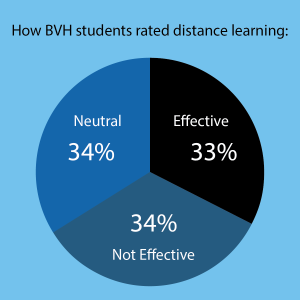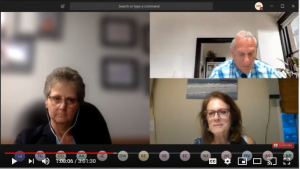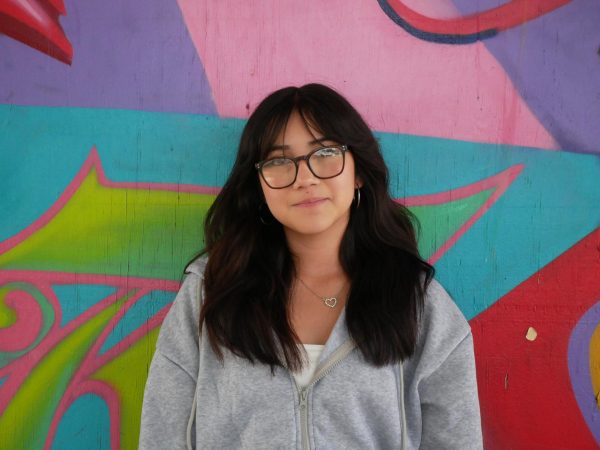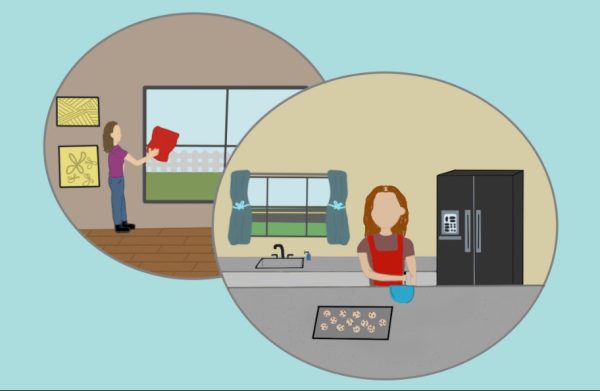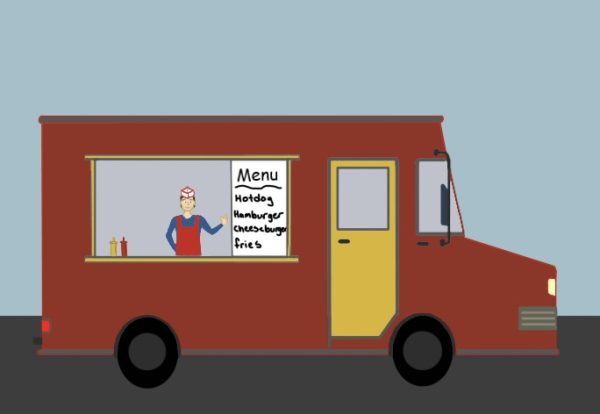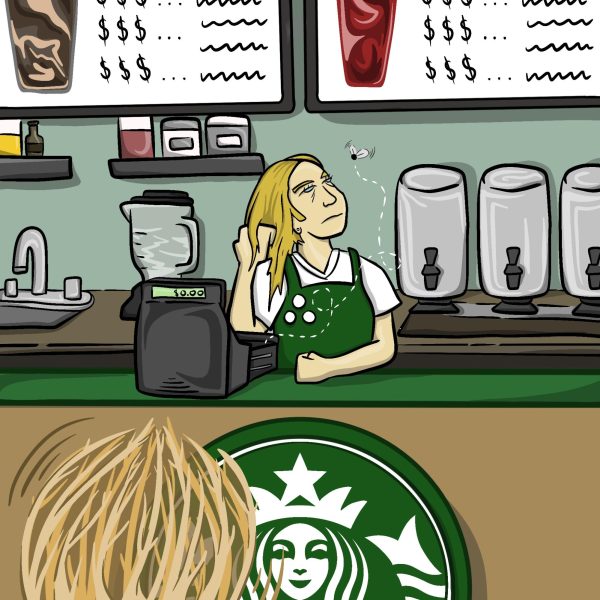A step in the right direction
SUHSD made the right decision to continue distance learning

SUHSD community contemplating whether or not the district made the right decision by keeping campuses closed. Distance learning is continuing into second semester.
The alarm is blaring in a student’s ear, yelling at them to wake up and get ready for school. They shiver out of bed and drag their feet over to their desk, where they see their laptop waiting for them. They sit down, turn on their device, join their Google Meets call and start their school day.
This has been the average student’s daily routine ever since distance learning started. Students’ schedules will remain unchanged in the near future as the Sweetwater Union High School District (SUHSD) will continue distance learning going into the second semester. Numerous students, parents and teachers have expressed their disdain towards virtual learning; however, going back is not the answer because it would only lead to more complications, such as COVID-19 exposure to families and students.
On Dec. 3, SUHSD issued an announcement where they addressed Governor Gavin Newsom’s most recent stay at home order in California. In the speech, it was explained that “private gatherings of any size” were prohibited and masks were mandatory to wear when going outside. Furthermore, the district is keeping their campuses closed to a majority of students because they wanted to “follow the guidance of our health professionals: wear a mask; socially distance; and wash your hands.” At BVH, only about 10% of students are allowed to go on campus.
This order led to much anticipated uproar and dissatisfaction from some Californians. According to the California Health Care Foundation, when questioned about the necessity of quarantining to limit the spread of coronavirus, 7.5 percent of Californians somewhat disagreed and 6.4 percent strongly disagreed. This is due to the fact that people are tired of being stuck in their homes. That being said, there are some citizens who understand why Californians must stay indoors and respect that decision.
According to Healthline, “In terms of sheer numbers, California remains on top with its nearly 290,000 new cases” as of Dec. 22, 2020. It is definitely reasonable for SUHSD to prioritize students’ safety and keep schools closed. California is in the lead when it comes to coronavirus cases, and that is why the district must take extra safety precautions, such as being quarantined at home, shutting down school campuses and wearing masks when going outside.
Safety, not emotion, needs to be valued the most when making this critical decision. — Jaime Jazo
Opponents of the recent order attempt to argue that students should be sent back to school because it is less likely for them to contract COVID-19. Nevertheless, less likely does not necessarily mean it’s impossible. According to the Hospitalist, COVID-19 cases discovered in children are only getting worse because of a “20% increase over the previous high of 61,447 cases reported for the week ending Oct. 29.” After the aforementioned increase in contaminated adolescents, “The number of new child cases [was] 73,883.” This false perception of immunity is harmful to students because returning to campus will expose them to the virus, and, by extension, expose their families.
By sending students back to school, they would be placed in harm’s way. Students will be susceptible to the risk of contracting the virus as a result of returning to in-person learning. In December, 16 on-campus individuals at BVH contracted COVID-19. This deadly pandemic is not an issue to be taken lightly. Granted, not as many adolescents have coronavirus compared to their older counterparts, but the district should not send students back to school simply based on that fact.
SUHSD is taking the necessary steps in order to guarantee student safety, which is better for the community overall. Where would a student go after their school day is over? They would go home where their family also resides. That student puts their entire family at risk of contracting the virus; a situation that could be avoided if the child does not return for in-person classes.
Many issues could stem from kids being sent back. Safety, not emotions, needs to be valued the most when making this critical decision. At the end of the day, it is a question of values; does the community prioritize safety, or not?
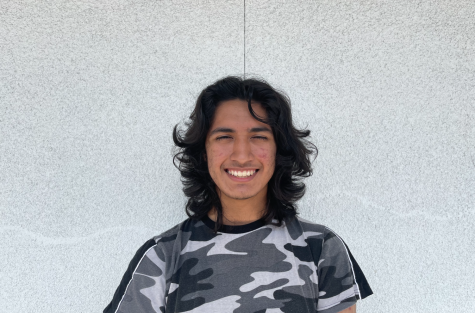
I am a senior at Bonita Vista High School and this is my second year on staff. I joined newspaper in order to achieve my full potential with my writing...





